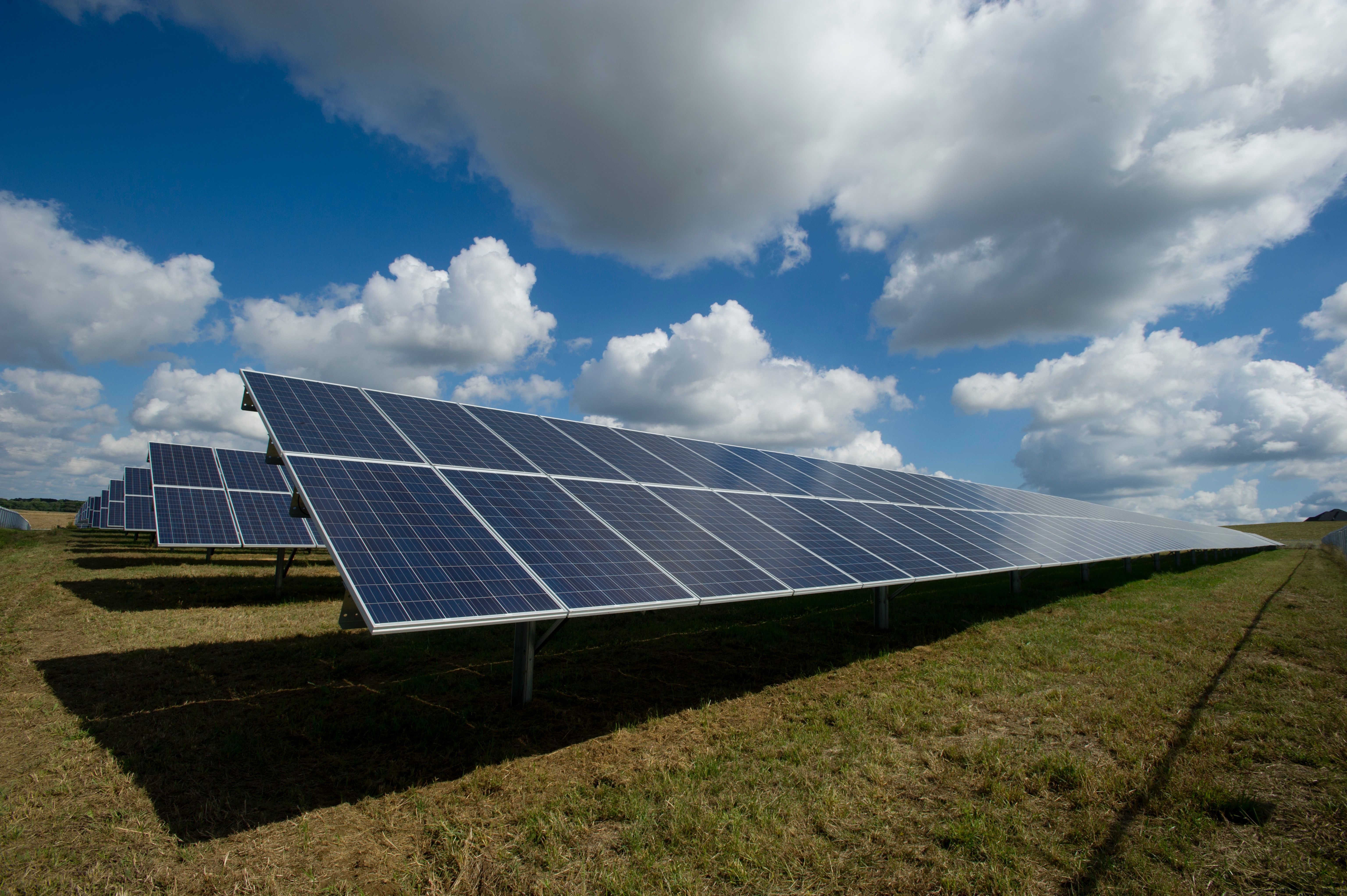Researchers at Warwick develop new double-glazed solar device
With fossil fuel sources declining and the effects of global warming being felt increasingly, advancing research and implementation of renewable energy forms is of great importance. The solar power industry has seen growth and development year on year, with technological advances and improved manufacturing leading to increased competitiveness with non-renewable energy. However, the 2015 cut to the feed-in tariff, coupled with the current political climate, here and across the Atlantic, can lead one to worry about the future of solar in the UK. Have the proposed and realised changes to policy impacted motivation for solar research?
For now, it seems this isn’t the case here at Warwick, with Dr Gavin Bell and Dr York Ramachers of the Physics department developing a new solar device, informed by the work of Nikola Tesla and Albert Einstein. The researchers have developed a new class of photoelectric device – a concept solar device which has been around since the 1960s, but seen relatively little development. Traditional photoelectric devices require a vacuum, making manufacture quite complex and costly. The new class replaces the vacuum with an inert gas, reducing manufacturing costs and making this form much more commercially viable.
The new class replaces the vacuum with an inert gas, reducing manufacturing costs and making this form much more commercially viable…
The model device is composed of a transparent anode and a photocathode separated by a micron(s) wide gap filled with the inert gas, constructed similarly to double-glazed windows to keep air and water out. Light passes through the transparent anode and inert gas, hitting the photocathode. The energy from the light liberates electrons from the photocathode, which are then transported across the gap by the gas and collected by the transparent anode.
The use of gas to transport the electrons sets the photoelectric device apart from conventional semiconductor solar technology, where electrons are transported through solid state. Difference is also found with the main defining property. For conventional solar devices, this is the size of the ‘band gap’, or the difference in energy between two energy level ‘bands’ (valence and conduction). For photoelectric devices the defining property is the work function, which in simple terms is the amount of energy required to free or liberate an electron from a material (the photocathode).
The use of gas to transport the electrons sets the photoelectric device apart from conventional semiconductor solar technology…
The differences in mode of action between the two solar technologies leads to differing effecting variables when it comes to device efficiency. Using a devised formula, the researchers were able to calculate a theoretical maximum efficiency for their photoelectric device using a zero work function material (where no energy is required to liberate an electron) of almost 57%, exceeding the theoretical maximum of commercial silicon solar devices. But this is not a number that would be actualised due to a number of variables. These include moisture and air contaminants capturing electrons, absorption of light by the gas and transparent anode before hitting the photocathode, and the likelihood of the light hitting the photocathode being of high enough energy to liberate an electron.
The main hurdle for the gas transport photoelectric device is material choice. To make the device competitive with current solar technology, a transparent anode which transmits as much light as possible is needed, as well as a low work function material for the photocathode. Due to the novelty of the idea, there is currently little research on materials for photocathodes operating under gas instead of vacuum. Nevertheless, the researchers have identified several possible materials, including a p-doped diamond film which was found to have a low work function.
The researchers have identified several possible materials…
Once developed, theses devices may find a place in our homes as solar power generating tinted windows, complementing already commercially available solar roof tiles and taking us closer to fully self-sustaining homes.

Comments